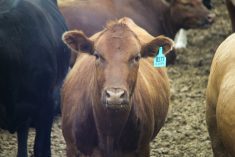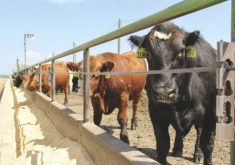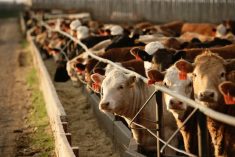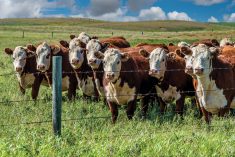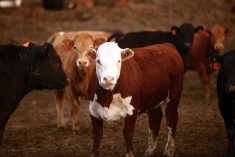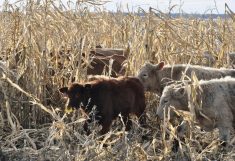It doesn’t matter where you are in the province — Alberta is bear country.
Bears prefer to be left alone, but tragedies do happen. It was the death of a woman attacked by a grizzly bear in Canmore in 2005 that led to the creation of the Bearsmart program.
The voluntary program is a partnership between citizens, local and provincial governments and other stakeholders.
The first step is making people aware of the danger, said Chiara Feder, Alberta Environment and Parks wildlife biologist and Bearsmart program co-ordinator for the North Saskatchewan and Red Deer region.
Read Also
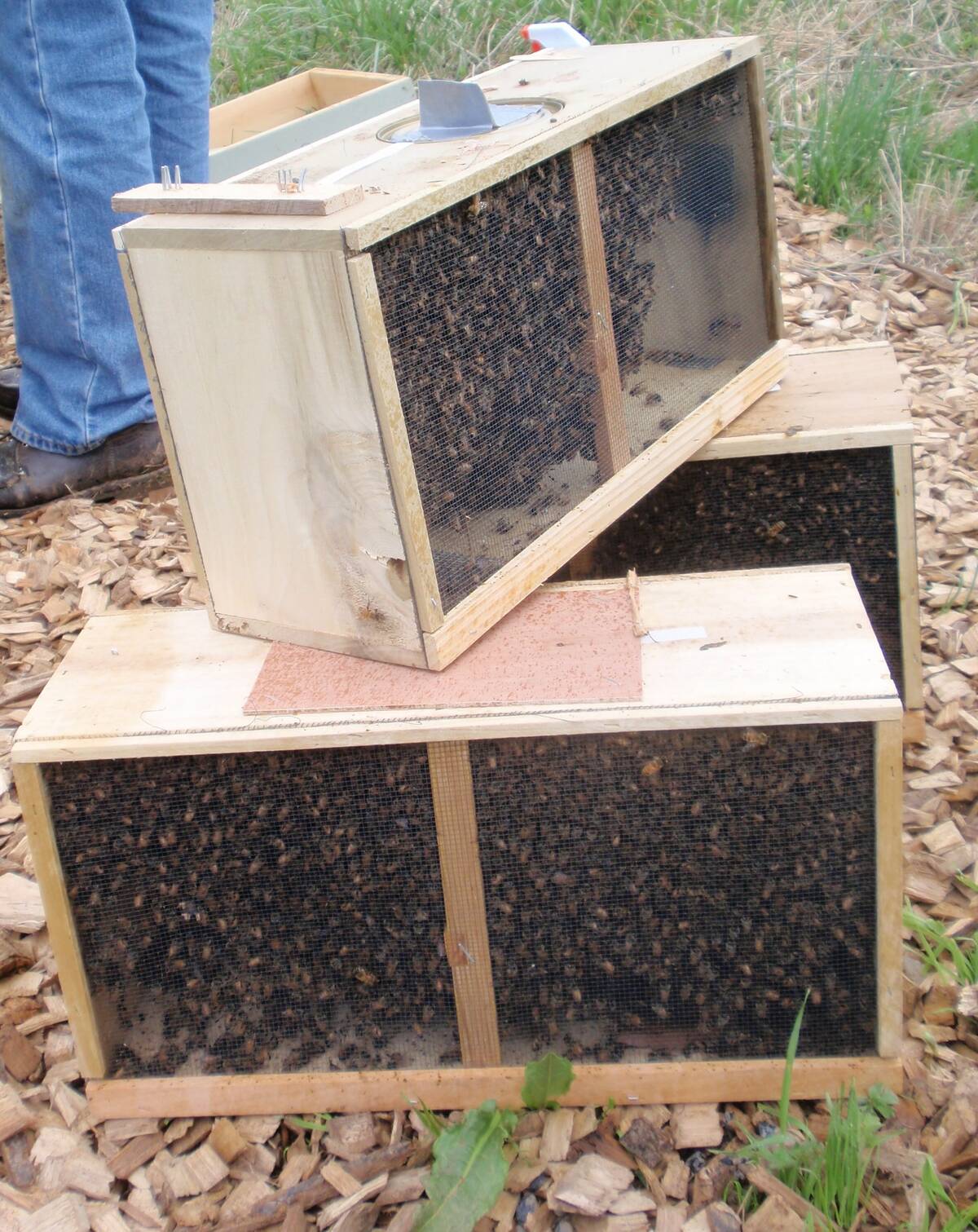
Canadian beekeepers call for regulatory accountability
Beekeepers say the Canadian Food Inspection Agency should restore U.S. packaged bee shipments, claiming the agency isn’t following evidence.
“It was shocking for me in 2008 when a hunter got killed by a sow with three cubs in the Sundre area,” said Feder. “People were totally unaware that they were in bear country. So our biggest project there was to build awareness.”
But the program in the Sundre area has expanded over the years, such as providing electric fences.
“We are starting to work with ranchers and farmers and honey producers to put in place measures that prevent the conflict before the conflict actually starts,” said Feder.
That’s key because bears have long memories and will return to an area where they once found food (such as garbage, beehives, or a carcass) for up to five years.
Deadstock is a huge attractant for bears and other predators, and the problem increased after BSE hit in 2003 and carcass disposal became more costly.
Composting livestock is an effective way to remove deadstock, and it’s become popular in southern Alberta and Montana, both of which have high grizzly bear populations. When Montana began composting deadstock and roadkill, authorities saw a 92 per cent reduction of conflict between bears and humans within two seasons.
- More on the Alberta Farmer: Could a cement mixer have a place on your operation?
Bearsmart will work with interested individuals and community groups who want to implement projects.
“We can do education and awareness and we also do projects like Marty Winchell’s (deadstock composting),” said Feder.
In Clearwater County, Bear-smart has provided courses and workshops, informational sessions to recreation enthusiasts, and entered partnerships to implement carcass disposal and waste management pro-jects.
For more info on starting a Bearsmart project, contact Fish and Wildlife at 310-000 or Chiara Feder at 403-845-8303 or [email protected]. Bear information for agricultural producers can be found at aep.alberta.ca.




